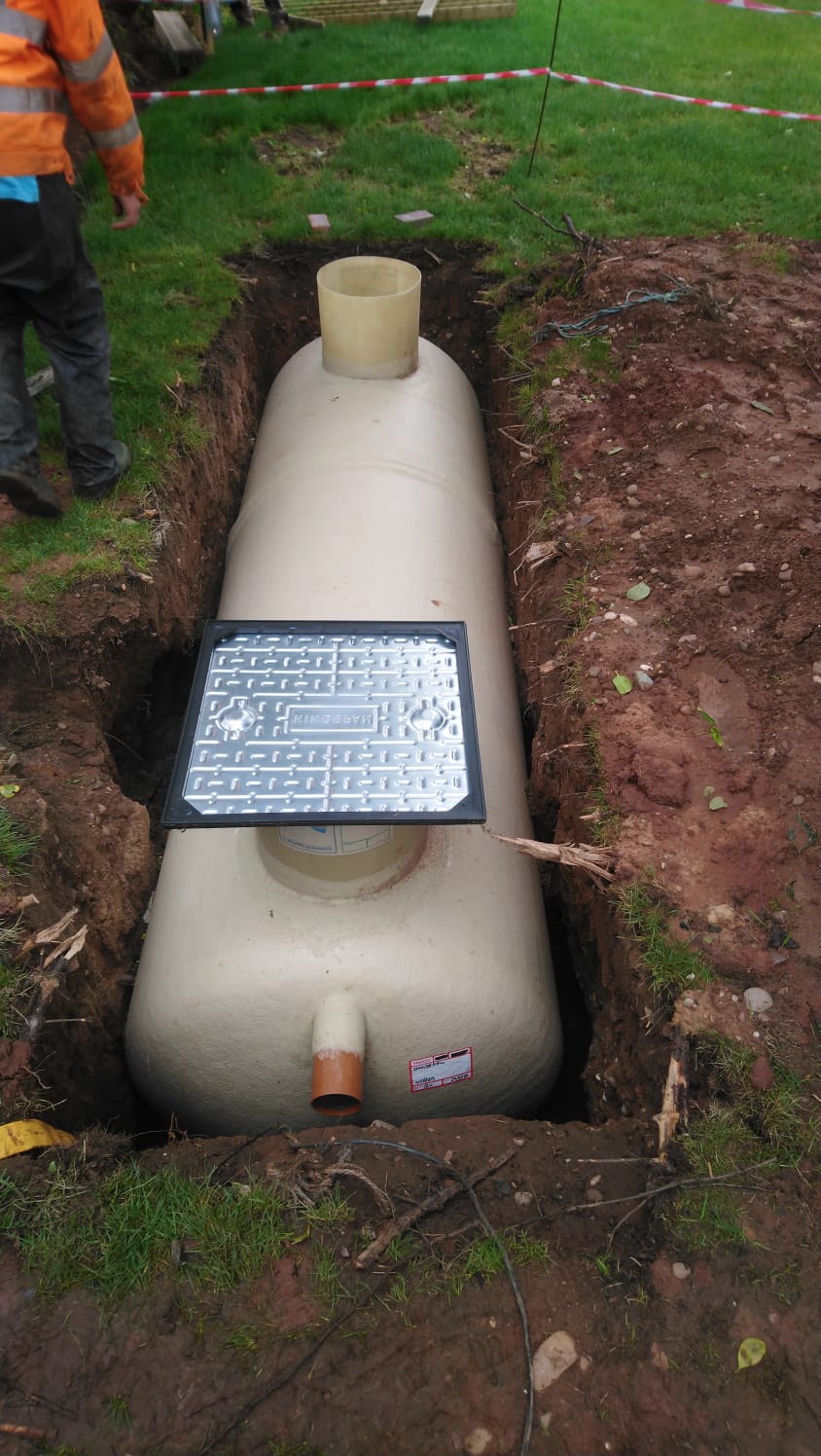Septic Tanks – Essential Guide to Installation, Maintenance, and Costs
If your property isn’t connected to a municipal sewer system, a septic tank is vital for managing household wastewater safely and effectively. Septic tanks treat sewage on-site by separating solids from liquids and allowing natural breakdown, making them a popular choice in rural and suburban areas.
In this guide, we’ll cover how septic tanks work, types of systems available, maintenance tips, installation costs, and where to find reliable products and services near you.
What Is a Septic Tank?
A septic tank is an underground, watertight container—usually made from concrete, fiberglass, or polyethylene—that collects wastewater from your home. It separates solids, which settle at the bottom forming sludge, from liquids that flow out to a drain field for further treatment by soil.
Properly functioning septic systems protect groundwater and the environment by preventing untreated sewage from contaminating water sources.
Types of Septic Tanks
| Type | Description |
|---|---|
| Concrete Septic Tank | Durable, heavy, and long-lasting |
| Fiberglass Tank | Lightweight, resistant to cracking and corrosion |
| Plastic Septic Tank | Affordable, easy to install, but less durable |
Some advanced systems include aerobic tanks, which use oxygen to speed up waste breakdown, or chamber systems with modular designs to maximize drain field efficiency.
Septic Tank Installation Process
- Site Evaluation – Soil testing determines if your land can support a septic system and the best drain field location.
- Permitting – Local authorities require permits to ensure code compliance.
- Tank Installation – The tank is buried underground, connected to household plumbing.
- Drain Field Setup – Pipes distribute treated effluent into the soil where natural filtration occurs.
- Inspection and Testing – Confirm system functionality before use.
Maintenance Tips for Septic Tanks
Regular maintenance is crucial to avoid costly repairs or environmental hazards:
- Pump your tank every 3-5 years to remove sludge buildup.
- Avoid flushing non-biodegradable items like wipes or grease.
- Conserve water to prevent system overload.
- Inspect for leaks or odors and repair promptly.
Septic Tank Costs
Installation costs vary depending on tank size, soil conditions, and system complexity. Here’s a rough breakdown:
| Service | Cost Range |
|---|---|
| Septic Tank Installation | $3,000 – $7,000+ |
| Tank Pumping | $250 – $500 per visit |
| Repairs & Inspections | $200 – $2,000+ |
Maintenance and pumping help prolong your septic tank’s lifespan and prevent system failures.
Where to Buy or Service Septic Tanks
Looking for quality septic tanks and professional installation or maintenance services? Visit portablecontainerspace.com for a trusted network of suppliers and contractors. They provide not only storage and container solutions but also connect you with experts in site systems, including septic installations.
Final Thoughts
A well-maintained septic tank ensures safe, efficient wastewater management and protects your property’s value. Whether building new or servicing an existing system, choosing the right tank type and working with licensed professionals is key.
🟢 Get expert advice and service quotes today at portablecontainerspace.com.





